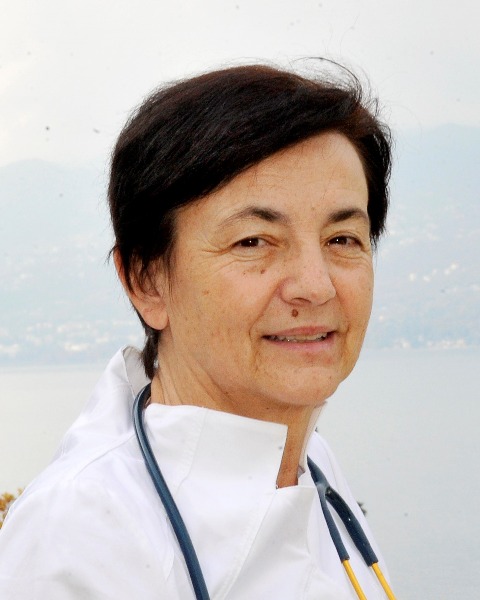Hemostatic System in Cancer, Inflammation and Immunity
PB0733 - Frequency of Factor II, Factor V Leiden and MTHFR mutations in children with cancer
Monday, July 11, 2022
6:30 PM – 7:30 PM
Location: Exhibition
Presentation Format: In-Person

Jelena Roganovic, MD, PhD
Head of the Department of Pediatric Hematology and Oncology
Clinical Hospital Centre Rijeka
Rijeka, Primorsko-Goranska, Croatia
Presenting Author(s)
Background: Thrombosis is an increasingly recognized complication of paediatric malignancy, occurring in up to 20% of children with cancer. The pathogenesis is complex, including multiple genetic and acquired factors. There is significantly less knowledge about thrombosis in paediatric cancer population compared to adults.
Aims: The aim of the study was to analyse the role of inherited thrombophilic defects in paediatric cancer-related thrombosis.
Methods: This retrospective study included 47 children with cancer (36 haematological malignancies and 11 solid tumours) , treated at the Division of Paediatric Haematology and Oncology, Clinical Hospital Centre Rijeka. The frequency of Factor V Leiden, prothrombin G20210A mutation and MTHFR C677T mutation in children, the frequency of thrombotic events, and a possible role in cancer-associated thrombosis in children was examined.
Results: The median age of patients was 8.8 years (range 0.4 – 19.3 years). Among 47 cancer patients, 8.5% were heterozygous for Factor V Leiden, 6.4% were heterozygous for prothrombin G20210A mutation, 6.4% were homozygous for MTHFR C677T mutation, and 10.6% had combined thrombophilic defects. The prevalence of thrombophilic defects was in accordance with the prevalence in general population. There was no difference between boys and girls, and between patients with haematological malignancies and solid tumours. The rate of thrombosis was 8.5%. Three patients had upper extremity deep venous thrombosis and 1 had right atrial thrombosis. In half (2/4) of patients combined Factor V Leiden and MTHFR C677T heterozygosity were identified.
Conclusion(s): Our data suggest that children with cancer have an increased risk for thrombosis. Inherited thrombophilia may play a role in the pathogenesis of cancer-associated thrombosis. Routine thrombophilia screening in children with newly diagnosed cancer could be useful. A better understanding of the interactions between genetic and non-genetic causes will help to improve the prophylactic and treatment strategies for thrombosis in this patient population.
Aims: The aim of the study was to analyse the role of inherited thrombophilic defects in paediatric cancer-related thrombosis.
Methods: This retrospective study included 47 children with cancer (36 haematological malignancies and 11 solid tumours) , treated at the Division of Paediatric Haematology and Oncology, Clinical Hospital Centre Rijeka. The frequency of Factor V Leiden, prothrombin G20210A mutation and MTHFR C677T mutation in children, the frequency of thrombotic events, and a possible role in cancer-associated thrombosis in children was examined.
Results: The median age of patients was 8.8 years (range 0.4 – 19.3 years). Among 47 cancer patients, 8.5% were heterozygous for Factor V Leiden, 6.4% were heterozygous for prothrombin G20210A mutation, 6.4% were homozygous for MTHFR C677T mutation, and 10.6% had combined thrombophilic defects. The prevalence of thrombophilic defects was in accordance with the prevalence in general population. There was no difference between boys and girls, and between patients with haematological malignancies and solid tumours. The rate of thrombosis was 8.5%. Three patients had upper extremity deep venous thrombosis and 1 had right atrial thrombosis. In half (2/4) of patients combined Factor V Leiden and MTHFR C677T heterozygosity were identified.
Conclusion(s): Our data suggest that children with cancer have an increased risk for thrombosis. Inherited thrombophilia may play a role in the pathogenesis of cancer-associated thrombosis. Routine thrombophilia screening in children with newly diagnosed cancer could be useful. A better understanding of the interactions between genetic and non-genetic causes will help to improve the prophylactic and treatment strategies for thrombosis in this patient population.
